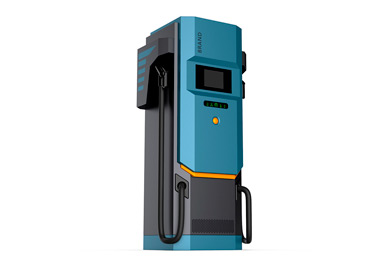Charging business model refers to the model in which ev users choose charging stations and piles at fixed locations to directly charge their batteries when their electric energy is about to run out. This is the business model first considered by EV charging stations. In this business model, EV users directly charge their cars at charging stations/charging piles, consume power products immediately and pay fees through on-site payment mode to complete the transaction. Therefore, the construction of corresponding EV charging and charging system and the introduction of centralized information management platform are important parts of the construction of ev charging and discharging stations.

Charging stations can be divided into four sub-modules according to their functions: power distribution system, charging system, battery scheduling system, and charging station monitoring system. Charging stations can charge cars in three ways: ordinary charging, quick charging and battery replacement. Common charging for AC charging, can use 220V or 380V voltage. Quick charging is mostly DC charging. The main equipment of charging station includes charging machine, charging pile, active filter device and electric energy monitoring system.
The realization of the system consists of three parts, which are introduced as follows:
1. Build a charging and billing system management platform to centrally manage the basic data involved in the system, such as electric vehicle information, electricity purchasing user information, asset information, etc.
2. Build an operation platform for charging and charging system, which is used to operate and manage the charging and discharging of electric vehicles and the recharge of electricity purchasing users.
3. Build a charging and charging system query platform for comprehensive query of relevant data generated by the management platform and operation platform.